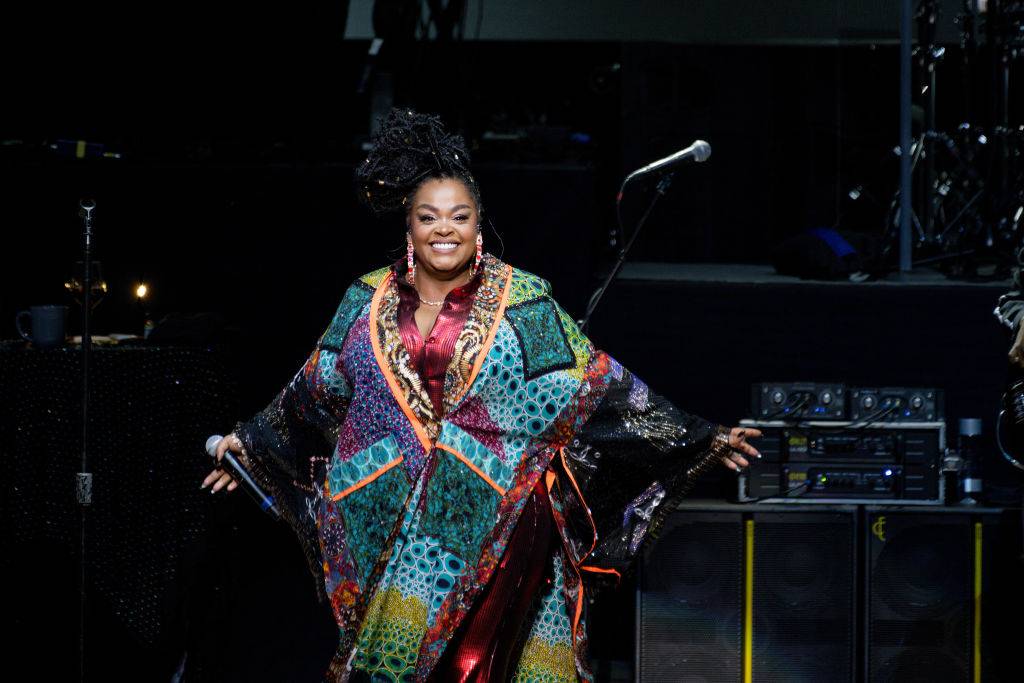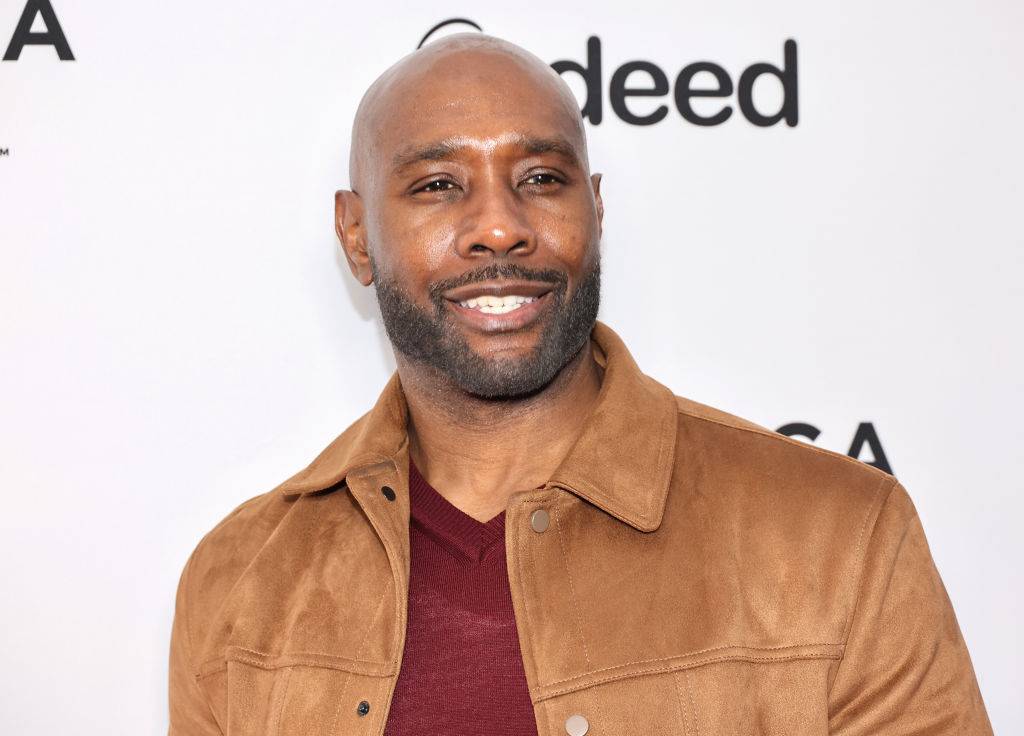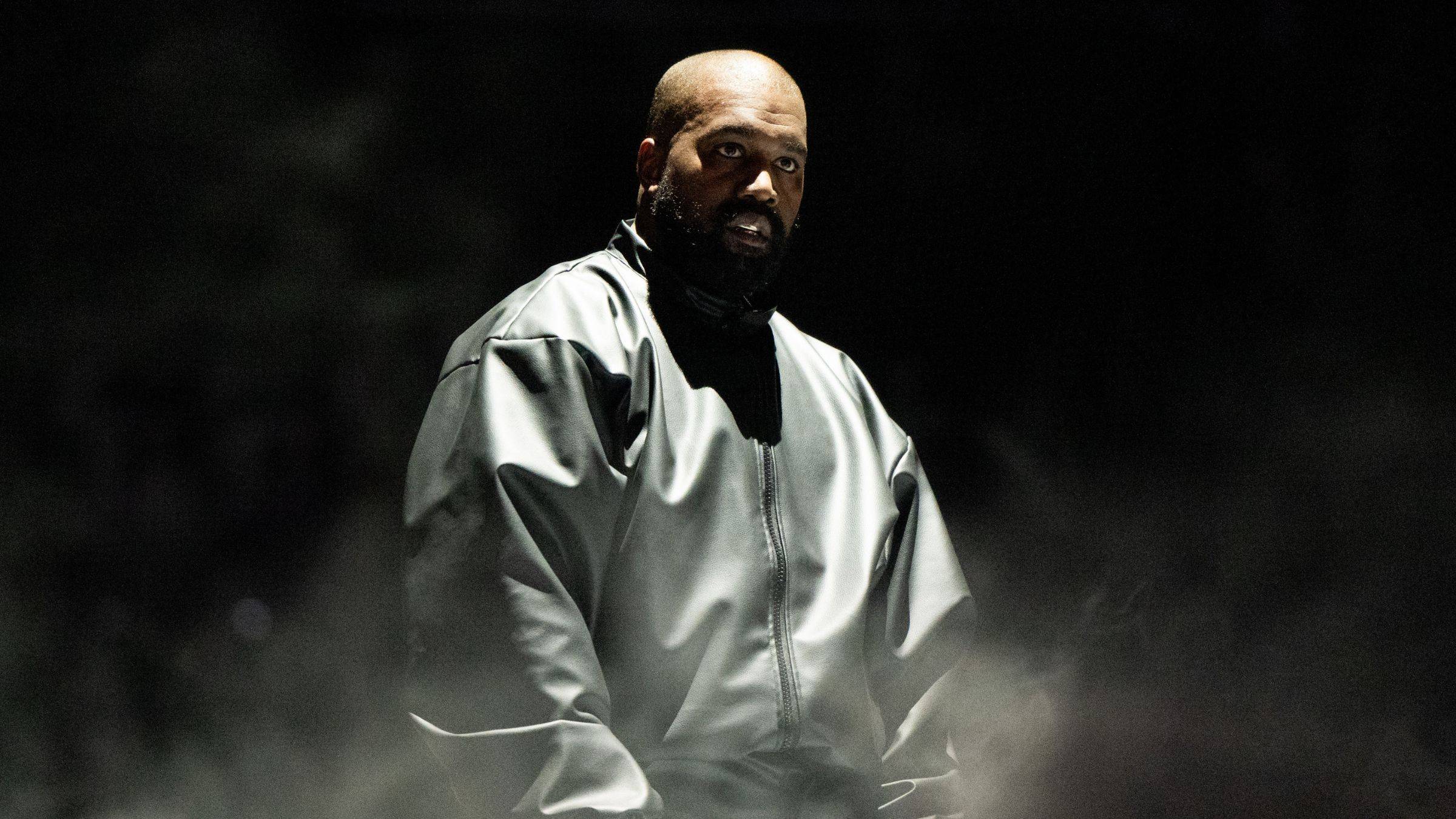An Appreciation for the Evolution of Alicia Keys

I was 13 years old when I heard Alicia Keys for the first time. The memory is vivid enough that it takes me back to a specific time and place: middle school, physical education class, sitting on the bleachers with friends and listening to the radio. The artist and song title was announced, but nothing in particular stood out. It was the smooth and elegant wave of the vocals in combination with the piano that caught my attention. At the time, I was a band student learning how to play the alto saxophone, but because I loved singing, I was looking for an instrument that would allow me to do both. As the song played, the surrounding world became a blur and my ears meditated on the “Fallin’” sound. I remember trying to put a face to the name “Alicia Keys,” but fortunately, without a visual, I was able to appreciate the music for what it was and how it made me feel.
As soon as I got home that day, I disconnected the landline phone and powered up our broadband Internet to search for the gospel I heard earlier in the day. I stumbled upon the newly released music video and saw a young woman with braids walking with a rhythm that embodied culture in an obvious New York City neighborhood. She felt familiar to me, so I started looking for more. Who was she?
I learned that she is the product of an interracial couple, like me. I learned that she is from New York, like me. As a 13-year-old young woman coming into herself and living in low-income housing with a struggling mother and not finding any resemblance with those in my neighborhood, it was enough information to solidify our relationship. I was in dire need of someone to look up to, someone to assist in the guidance my mother and big sister were providing.
Keys released her first album, Songs in A Minor, in 2001 when she was 20 years old. It proved to be her soulful introduction to the world; gifting listeners with a youthful artist who had the versatility to adapt in multiple sonic environments — R&B, jazz and hip-hop. Setting the standard for the work that she would later release, the project sold over 236,000 copies in its first week. Through the lyrics, there is much emphasis on the complexities of navigating through heartache and love, solidifying her female fan base both young and old. Keys earned five Grammy Awards for Songs in A Minor and, with only one feature (Jimmy Cozier in “Mr. Man”), Keys proved that she is a well-rounded musician who has the ability to maintain control of production. Through her involvement in the writing and engineering of the album, Keys was able to build a space of creative freedom.
During her debut era, A. Keys was mysterious to many because of her raspy voice, lack of interest in formal gowns and the consistent styling of her hair in braids. While the world was trying to figure out which box she belonged in, she kept herself in the studio and away from commenting for the headlines. Keys disclosed no information about her private life or personal relationships. During interviews, she would dance around the inevitable questions that attempted to peek inside of her everyday dealings. She always brought the attention back to the music, generalizing all her answers and ensuring that the songs could be about anyone who has ever been in love. As with most debuts, Songs in A Minor still feels to me like her most raw work; sprouting from a place of struggle and need to prove her commitment to the craft.
During those beginning moments, there was no way for me to know who Alicia Keys would become or how my newfound closeness to her would become important for me in my own evolution as a young person. I was simply connected to the goodness I felt when listening to her songs. As the internet began to change, I was able to watch her performances and very small tidbits of her humanity. I didn’t learn much about her personal life, and I accepted that from her — I loved that about her, even. She taught little ol’ me about privacy, cultivating an authentic tribe, being fearless and how to always seek growth.
Two years later (I was 15, she was 22), she released The Diary of Alicia Keys and updated her website to reflect journaling. It was a very raw moment, one that allowed the public to read her thoughts from a first-person perspective. Shortly after, Keys gifted the world with a DVD of the same title that followed her through intimate moments of her creative process. I was a sophomore in high school, under the impression that I was in love and felt as if “Diary” and “If I Ain’t Got You” were crafted specifically for me. Of course, I had a rude awakening and eventually found myself shouting to “Karma” while my mother and sister shook their heads. It was the funk of “Dragon Days” and “So Simple” that had me in front of the mirror, holding my hairbrush as a microphone. “When You Really Love Someone” became an anthem, a reminder of what should and shouldn’t be tolerated.
“Cause a man just ain't a man / If he ain't man enough / To love you when you're right / Love you when you're wrong / Love you when you're weak / Love you when you're strong / Take you higher / When the world's got you feelin’ low…”
Keys’s collaboration with producers like Kanye West on “You Don’t Know My Name” and Timbaland on “Heartburn” gave Diary the thumping it needed to be a windows-down, volume-up sort of vibe.
I expected new music from her two years later, but we wouldn’t reunite until 2007, a year after her grandmother passed away and my freshman year of college. I had just returned to my apartment after class and was laying in bed, staring up at the ceiling, when I started playing the album. "As I Am" was the beginning of an obvious shift: there were things Keys was starting to realize about the world and herself, but what?
“Yeah I was burned but I called it a lesson learned…”
Starting off similar to her previous albums with an instrumental piano ballad, what informs the growth is at the 0:52 mark when the bass drops and the track transitions into classic hip-hop. It was a disclaimer of sorts, giving meaning to the title As I Am. Now, having been in the music industry for some time, it is through this third studio album that her newly-gained experience begins to truly shine. I couldn’t recognize her in more ways than one. Her braids were gone, she started wearing a head full of curls and “Like You’ll Never See Me Again” set the bar of her tone and range experiments. I was proud of her, excited to experience her change and found “Where Do We Go From Here” a new favorite as I went through another breakup.
By 2009, when The Element of Freedom was released, I was positive her and I were evolving together. It was my junior year of college, I was steps closer to graduation and there was someone new in my life. This man has remained in my life through today, teaching me about accepting myself in all forms, becoming my partner in this life and, essentially, assisting in my rise towards complete freedom as a woman. So far, The Element of Freedom is my favorite Alicia Keys album; it is the breakthrough of her being unapologetic, as if preparing us for the full-throttle attitude of her next stage. It is when I feel her relationship with now-husband Swizz Beatz began to truly take shape, forming into something necessary. Her fearlessness is crawling at this point, stretching and getting comfortable with the idea of commanding her space in front of the world without caring about judgment.
“Some people, they call me crazy for falling in love with you / They can take me and lock me away, baby, 'cause there’s nothing those bars can do…”
Sure enough, in 2010, Alicia Keys was married, with child and had cut all her hair off. Her muscles were stretched and it was time to do away with the crawling and finally run. In 2012, when Girl on Fire was released, she was being clear and direct in how she wanted to be perceived, accepted and treated.
“It’s been awhile, I’m not who I was before / You look surprised, your words don’t burn me anymore / Been meaning to tell you, but I guess it’s clear to see / Don’t be mad, it’s just a brand new kind of me…”
During interviews, she’d speak her mind more often, tell jokes and play instead of remaining quiet and reserved. The purpose behind songs like “When It’s All Over” and “Fire We Make” had a face, the generalizations were over. I watched her evolve to feel comfortable to be herself in front of millions of people who, she knew, might try to pick her to pieces. The comfort she started to grow in helped her not to care about the world — there was way too much good happening for her. It was the first time in her career that she got involved with beauty campaigns like Givenchy and fashion brands like Reebok and Levi’s. It felt as if I was watching a family member come from the womb and blossom, little by little, into themselves. Alicia Keys was a very different person, musician and performer (obviously) than the Keys I knew when I was 13 years old.
When Girl on Fire was out, I had been out of college for almost a year and was “adulting” in the real world. Again, the album was very timely for me: I was beginning to view life much larger than before. I was feeling the need to become more concrete in my decisions and knew that I needed to solidify my place in the world. I had lost some important friends and was needing fuel to feel powerful and confident in myself to keep pushing forward.
“She’s just a girl and she’s on fire / Oh, she’s got both feet on the ground and she’s burning it down / Oh, she’s got her head in the clouds and she’s not backing down / This girl is on fire…”
I’ve seen her live once — while sitting in the nosebleeds — during her 2013 Set the World on Fire Tour. In the arena, I felt the energy and was thankful for it. Before she came on stage, I couldn’t believe her and I were in the same place at the exact same time and, of course, I envied those who could afford to meet her backstage. In due time, I told myself.
Many saw the difference in her, too, and immediately began to give all the credit to husband Swizz Beatz. However, I enjoy this theory: Alicia Keys has always been funny, playful and a clown — she just wasn’t going to give that part of herself to people who she knew probably wouldn’t have a genuine appreciation for it. Why would she? But loving Swizz Beatz and mothering her first son, Egypt, provided her with a spiritual energy uplift that helped her to realize her power, not create it, and this realization made it easier to brush off the haters. Beatz taught her how to shut off the world when she’s in her own skin. “Eliminate the naysayers,” I imagine him reminding her, “because the sky is not the limit, it’s just the view.” Egypt taught her about the strength within her own body. It is a lesson that I assume can only be learned through pregnancy and acknowledging the gateway that is the uterus. By the time she was pregnant with her second son, Genesis, the convincing was complete: she was a confident butterfly. The combination of such spiritual teachings is why Alicia Keys has allowed herself to be more free in the public eye.
In her transformation, I am reminded of words by Oliver Wendell Holmes, “A mind that is stretched by a new experience can never go back to its old dimensions.”
It’s 2016 now. I’m 27 and she is 35. For the both of us, it is proving to be a highly motivated time: the release of her new album is steadily approaching and she is a new judge on The Voice for this upcoming season. She hasn’t given us a full studio album since 2012. The songs that she has gifted us with appear to have been constructed with intent to move the world. “We Are Here” and “28,000 Days” are about understanding the responsibility we each hold as individuals. They flow with purpose, ensuring the message is appropriately delivered and understood. Keys found herself, as a mother, feeling the pressure to be a larger force in times of political turmoil. She wanted to utilize her platform to speak up about injustices that were happening and organized movements to reflect that passion. Swizz Beatz was always in her corner, supporting and making sure he stood to the side when the light was hers.
Every so often, she’d inform us that she was in the studio, working. I knew she’d been thinking, but about what? When the audio of “In Common” was released in early May 2016, I think I might have jumped and clapped my heels. At the time, I was in Tampa visiting family and friends. I became aware that I was surrounded by 98 percent women and only two percent men. My mother, my big sister, my niece, my oldest tribe of three, my sorority sisters, my father, my nephew. We gathered at beaches and under trees, unshaved and without makeup. We didn’t have pedicures or our eyebrows waxed. The hair on our head was loose and free. We listened to music, talked, danced, laughed and cried. I reflected on the congregation we unconsciously created and was thankful to be honored with the confidence to be myself with them.
The photography work associated with “In Common” was of Alicia Keys with no makeup, curls tucked inside a head wrap and baggy clothes. Right on time, again.
“Who wants to love somebody like me? / You wanna love somebody like me? / If you could love somebody like me / You must be messed up, too…”
TO BE CONTINUED…





